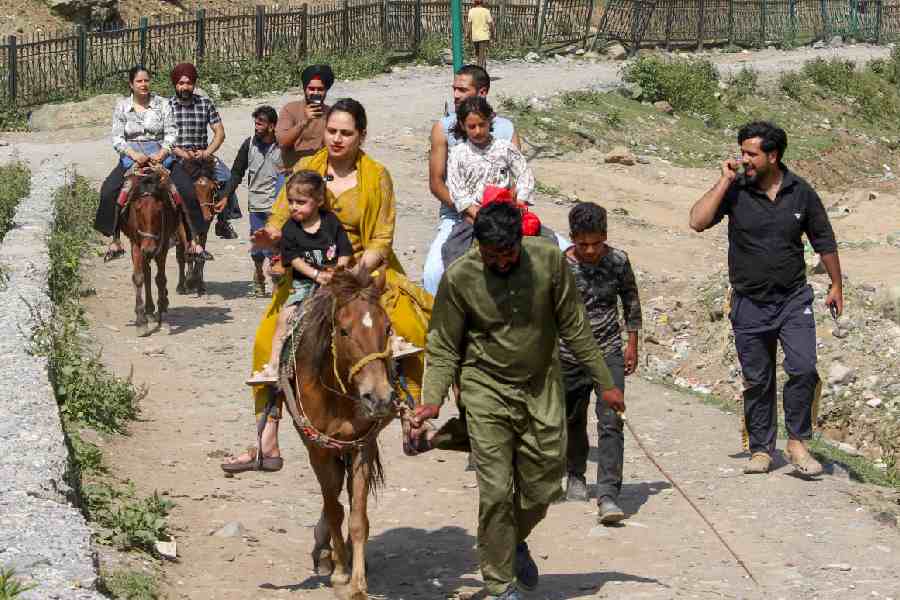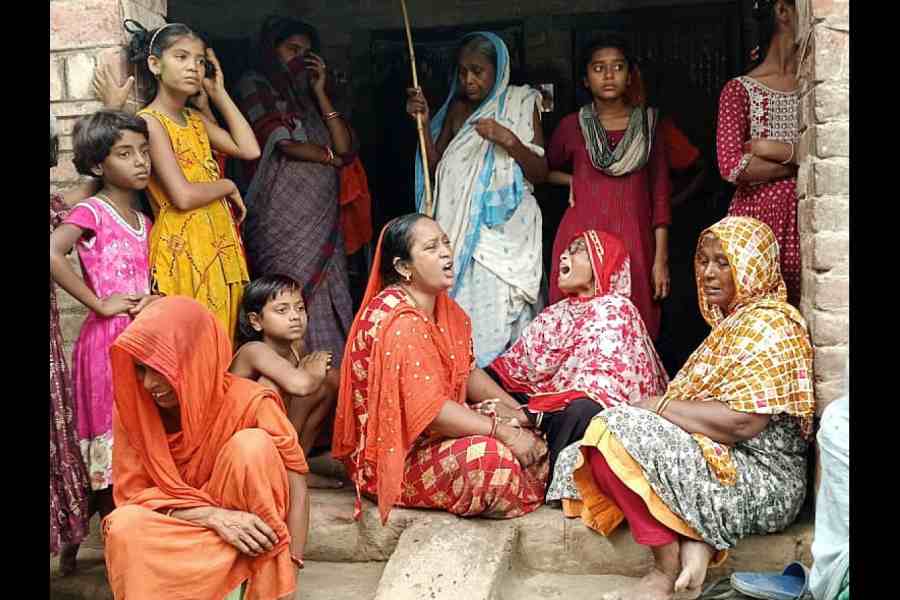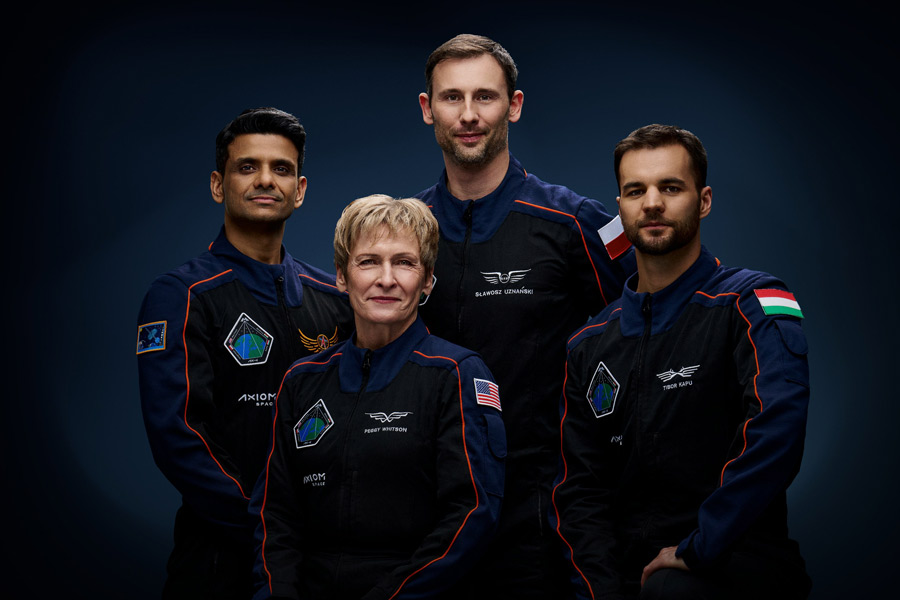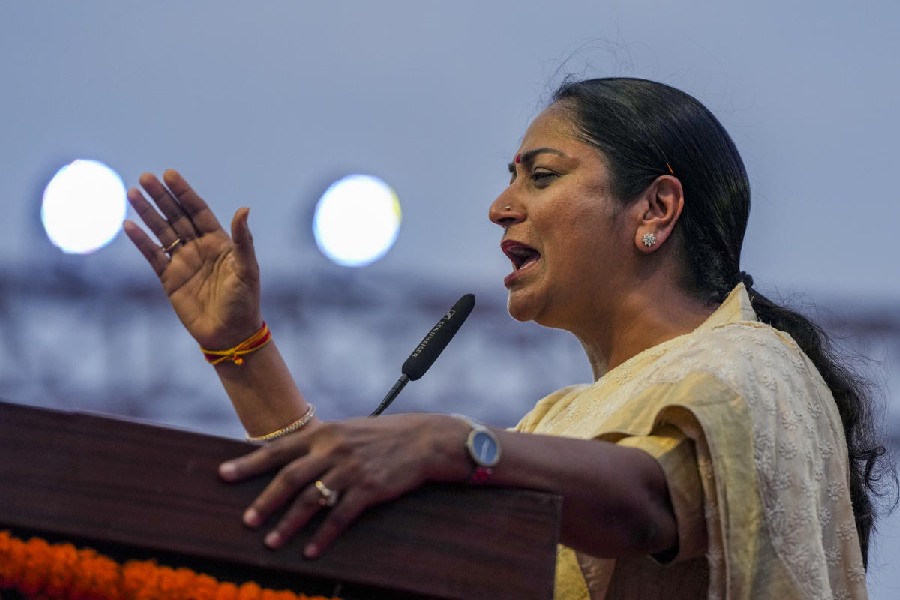 |
| in focus: Anita Roy (left) and Urvashi Butalia |
Banking on the wonderful women of India
How come the French bank BNP Paribas has celebrated its 150th anniversary in India last year — and I hadn’t even heard of it?
Clearly, the more I know the less I know.
BNP stands for Banque Nationale de Paris. It is supposed to be the largest global banking group in the world — and has innovative ideas of how to sponsor the arts. One is to employ the prettiest women in France.
“It opened its first office in Calcutta in 1860,” said Sophie Maurice, who had come over to London from the bank’s Paris headquarters to inaugurate an exhibition of photographs of Indian women funded by BNP Paribas.
The photographs are from a book, Women Changing India, edited by Urvashi Butalia and Anita Roy, two authors who run Zubaan, a feminist publishing house in Delhi.
Sophie travelled to India when the exhibition of photographs toured Delhi, Mumbai, Kochi, Chennai and Calcutta.
The exhibition, which opened last week in London at the spacious Saatchi Gallery, will now tour European capitals starting with Paris, where a French edition of Women Changing India is being published.
Ilias Catsaros, who works for BNP Paribas in London, told me: “The bank employs 2,05,000 people around the world, including 10,000-11,000 in India.”
Six photographers (five from abroad) were commissioned to give visual expression to broad themes chosen by Anita and Urvashi.
“The themes included everything from IT to panchayats, call centres, microcredit, women working as petrol pump attendants and taxi drivers — and Bollywood,” said Anita.
It was encouraging to hear Urvashi — her book, The Other Side of Silence, is one of the best I have read on the subject of Indian and Pakistani families split by Partition — state publicly that women are changing India for the better and that if the process continues, the result might be “a more inclusive India”.
Fair deal
Raghu Rai, the one Indian photographer commissioned to take pictures of “women icons” for Women Changing India, photographed the following: Ela Bhatt, founder of Sewa; Anji Agha, former chairperson, Thermax Ltd; writer Mahasweta Devi; Supreme Court lawyer Indira Jaising; Chanda Kochhar, leader of the “petticoat gang” at ICICI Bank; tycoon Kiran Mazumdar-Shaw; artist Anjolie Ela Menon; Swati Piramal of Piramal Healthcare Ltd; Preetha Reddy, managing director of Apollo Hospitals; activist Aruna Roy; Dalit leader Sivakami; and Laila Tyabji, founder of Dastkar for crafts people.
So, no Sonia or Mamata or Arundhati and, most shocking of all, no Mallika Sherawat.
 |
| Prestige project: Surinder Arora at the Oval |
Oval office
Surinder Arora was recently in the committee room of the Oval cricket ground in south London, milling around with cricketers past, senior Surrey County officials, tycoons such as Lord Noon, Nat Puri and Kartar Lalvani, as well as Justice minister Ken Clarke and former Prime Minister John Major.
Surinder was keeping an eye on the England-India ODI but the focus of his interest were the stands to his right named after three of the legends of English cricket — Tony Lock, Jim Laker and Peter May.
This is because Surinder has won a prestigious contract — to demolish the three stands, build a new one in their place and incorporate a swanky 170-bedroom hotel into the £30 million development.
Surinder, a hotelier ranked 26th in the Asian Rich List with a net worth estimated at £150m, confirmed: “We will build the hotel and manage it. It will be called Arora International.”
“We are building the new stand and within the stand and behind the stand will be a 170-bed hotel,” explained Surinder. “And 45 of those rooms will be overlooking the pitch. Those rooms will be dual purpose. At non-cricket events, they will be used as bedrooms and, during the cricket season during the matches, they will be used as executive boxes.”
Building work is expected to begin in 2012 and “take about 20 months”. The seating capacity of the Oval will be increased by 1,600 from the current level of 23,500.
Surinder’s group, Arora Hotels, is best known for running the plush Sofitel at Terminal 5 at Heathrow but also has hotels at Gatwick and Manchester.
From where Surinder stood, he could see the India Room on the far side of the Oval. Just underneath were the logos of several Indian-owned companies, including Arora Hotels.
The first Test match my brother and I ever saw was at the Oval. Much has changed over the years. The West Indians no longer come even though they live in nearby Brixton. For the ODI, someone from the BBC’s commentary estimated that Indians made up 70 per cent of the crowd. I thought it was more like 60 per cent.
 |
Vital vitamins
By the time I arrived at the Oval for the ODI, India were already 75 for 5, thanks to England’s main strike bowler James Anderson.
He had taken the wickets of Parthiv Patel for 3, promising new boy Ajinkya Rahane for a duck, Virat Kohli for 7 and brilliantly run out Rahul Dravid for 2.
The businessman, Kartar Lalvani, founder and president of Vitabiotics, who happened to be sitting by me, confided: “Actually, I am not so unhappy to see Anderson do so well.”
Why so?
“He has just signed a contract with us,” disclosed Kartar, with a big smile.
Anderson will serve as a sort of ambassador for Vitabiotics and promote its vitamin pills.
Kartar had initially wanted a cricketer coming to the end of his career but a fast bowler was suggested as a better option. “This because of wear and tear.”After Anderson’s name came up, Kartar approached him, agreed terms and put him immediately on his vitamin supplements.
Result: Anderson routed India’s top order.
And it could get worse.
Anderson, 6ft 2in and only 29, is on “contract for two years, after that we have an option to continue for two more years,” said Kartar happily.
The best years
An article in the London Evening Standard says that for women, “40 is the new 30”.
That is confusing for those of us who witnessed the first light of day at St Xavier’s, Patna, where a Father informed us: “The best 10 years of a woman’s life are between 28 and 90.”
Tittle tattle
 |
Organisers of the Woodstock Literary Festival in Oxfordshire are thrilled that Imran Khan will grace the occasion today, September 18, to promote his new book, Pakistan.
“Imran Khan provides a unique insider’s view of a country unfamiliar to a Western audience,” they have announced with breathless excitement. “Woven into this history we see how his personal life — his happy childhood in Lahore, his Oxford education, his extraordinary cricketing career, his marriage to Jemima Goldsmith, his mother’s influence and that of his Islamic faith — inform both the historical narrative and his current philanthropic and political activities.”
Who should have the rare honour of conducting the “in conversation” with the future President of Pakistan but the mother of his two sons, Jemima Khan, who is also writing her own book on Pakistan, which may prove to be even more entertaining.
Wits have suggested an appropriate first question for the lovely Jemima: “Tell me, Imran, what first attracted you to a sexy 21-year multi-millionaire like myself?”










